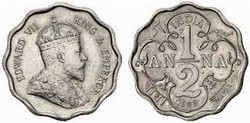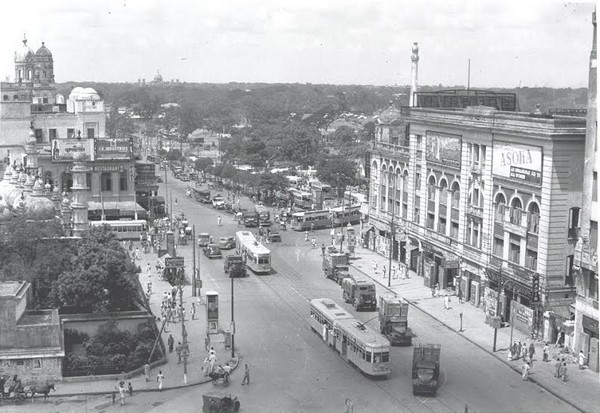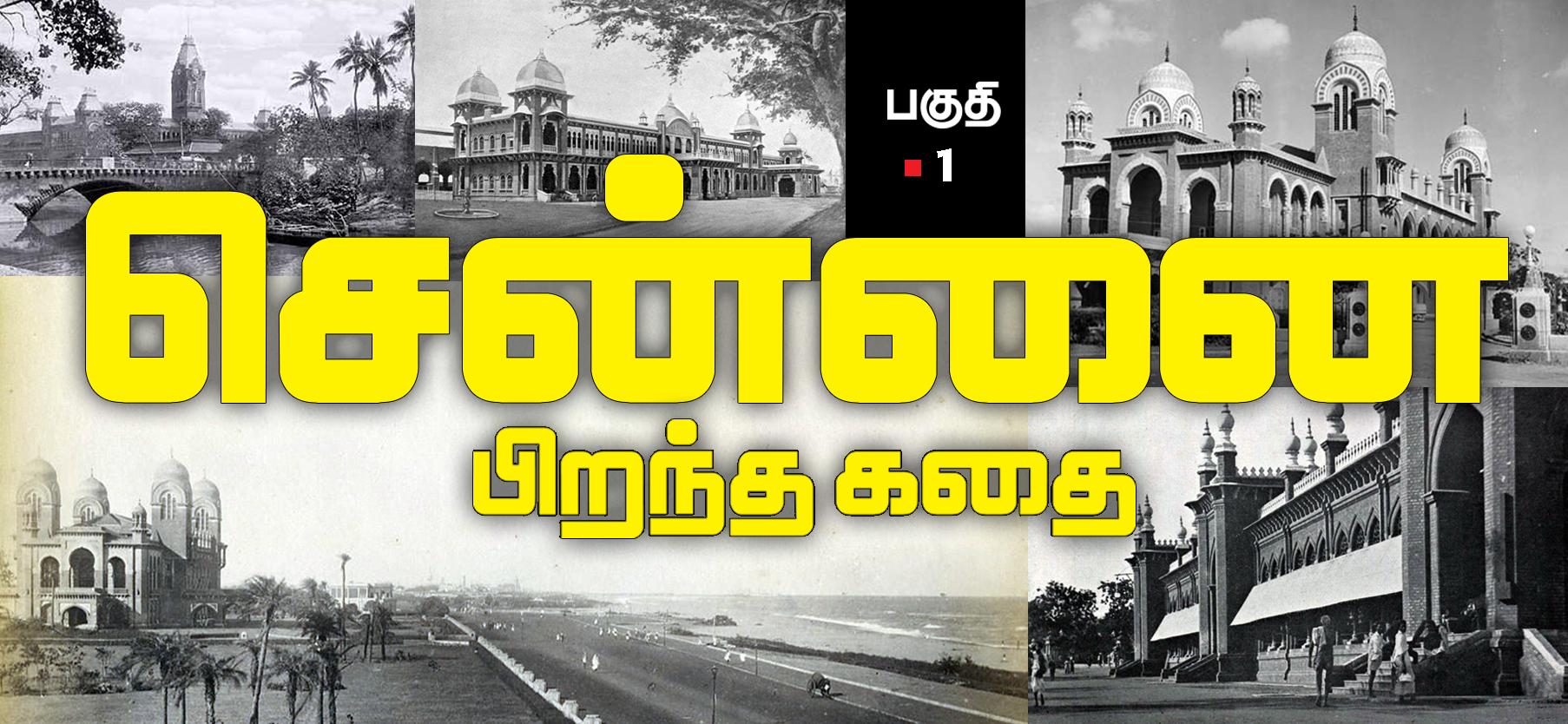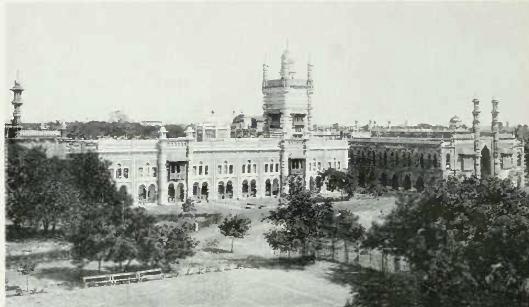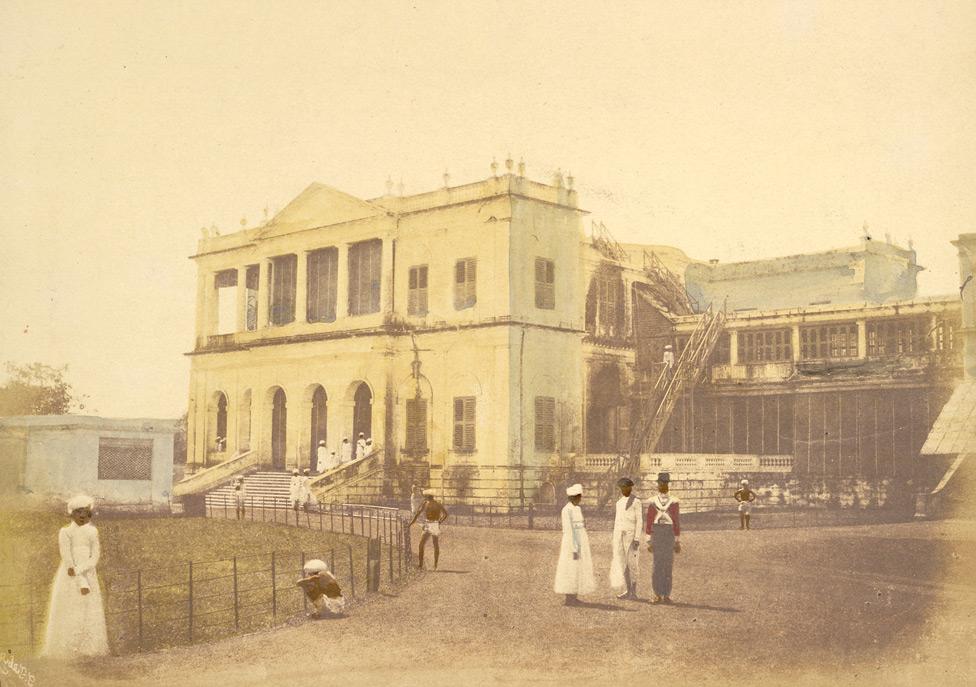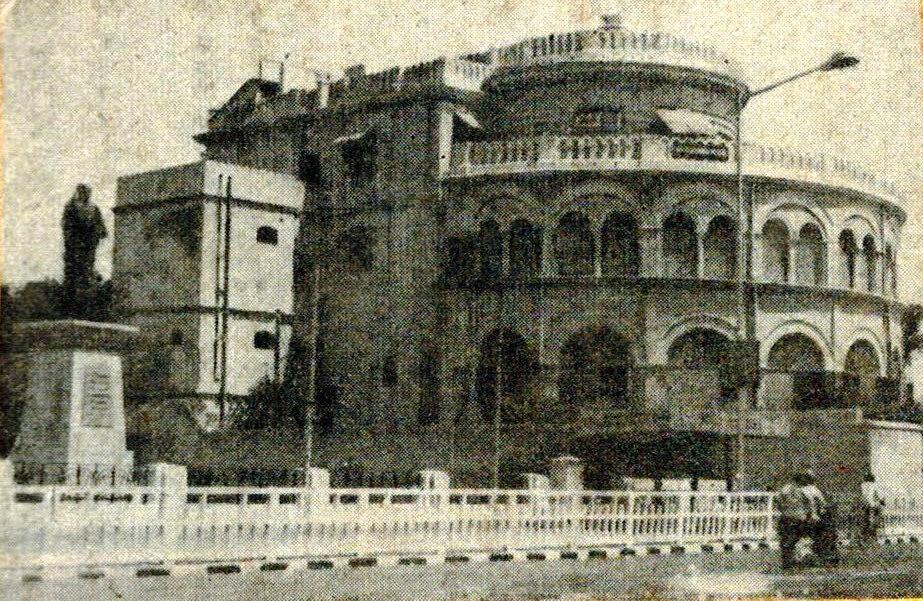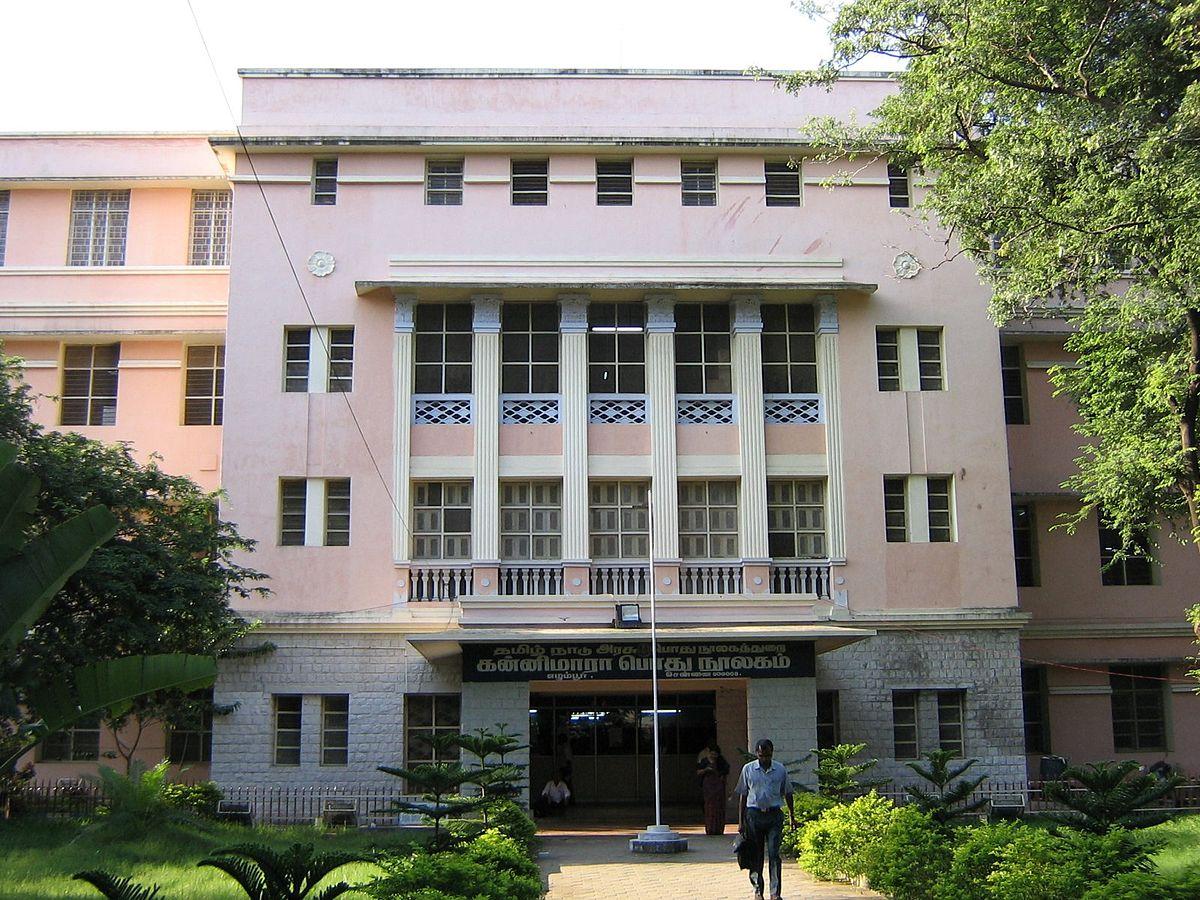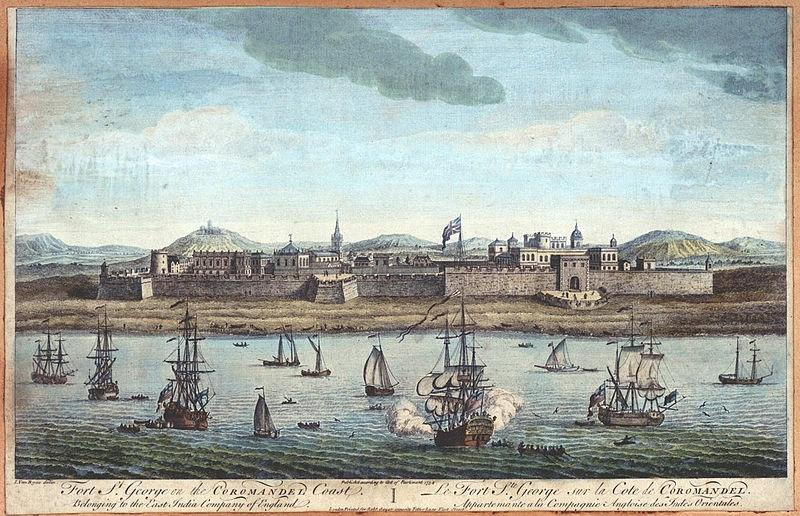OP
OP
swathi25
Guest
[h=1]Down by the riverside
-GEETA PADMANABHAN[/h]

The Madras Boat Club. Home of rowing in South India for almost150 years, deserves a better-cared-for river.
-------------------------------------------------------------------------------------------------
[h=2]The river may not be the pristine one of yonder days, but members of the Madras Boat Club continue to venture into it, driven by their passion for rowing[/h]Crrrrunch! The boat sounds like it has hit a rock. We are in the middle of Adyar River close to Madras Boat Club, and I wonder if the boat will come apart. There is no fear of drowning: the water is around two-feet deep, there is a lifejacket; boatmen Shaktivel and Kubendran are experts at rescue. I'm terrified I'll fall in the filthy water. I've seen enough — garbage floating, garbage dumped on the banks, effluents pouring in through giant pipes…. Will I ever feel clean?
The Madras Boat Club, home of rowing in South India for almost 150 years, deserves a better-cared-for river. “MBC rowers known for their technical skills, are the envy of rowers from other clubs,” says Captain Ravindran. “Our student rowers have done the Club proud by representing overseas universities in collegiate championships and winning medals.”
Read more at:
https://www.thehindu.com/features/metroplus/society/down-by-the-riverside/article6213812.ece
-GEETA PADMANABHAN[/h]

The Madras Boat Club. Home of rowing in South India for almost150 years, deserves a better-cared-for river.
-------------------------------------------------------------------------------------------------
[h=2]The river may not be the pristine one of yonder days, but members of the Madras Boat Club continue to venture into it, driven by their passion for rowing[/h]Crrrrunch! The boat sounds like it has hit a rock. We are in the middle of Adyar River close to Madras Boat Club, and I wonder if the boat will come apart. There is no fear of drowning: the water is around two-feet deep, there is a lifejacket; boatmen Shaktivel and Kubendran are experts at rescue. I'm terrified I'll fall in the filthy water. I've seen enough — garbage floating, garbage dumped on the banks, effluents pouring in through giant pipes…. Will I ever feel clean?
The Madras Boat Club, home of rowing in South India for almost 150 years, deserves a better-cared-for river. “MBC rowers known for their technical skills, are the envy of rowers from other clubs,” says Captain Ravindran. “Our student rowers have done the Club proud by representing overseas universities in collegiate championships and winning medals.”
Read more at:
https://www.thehindu.com/features/metroplus/society/down-by-the-riverside/article6213812.ece

